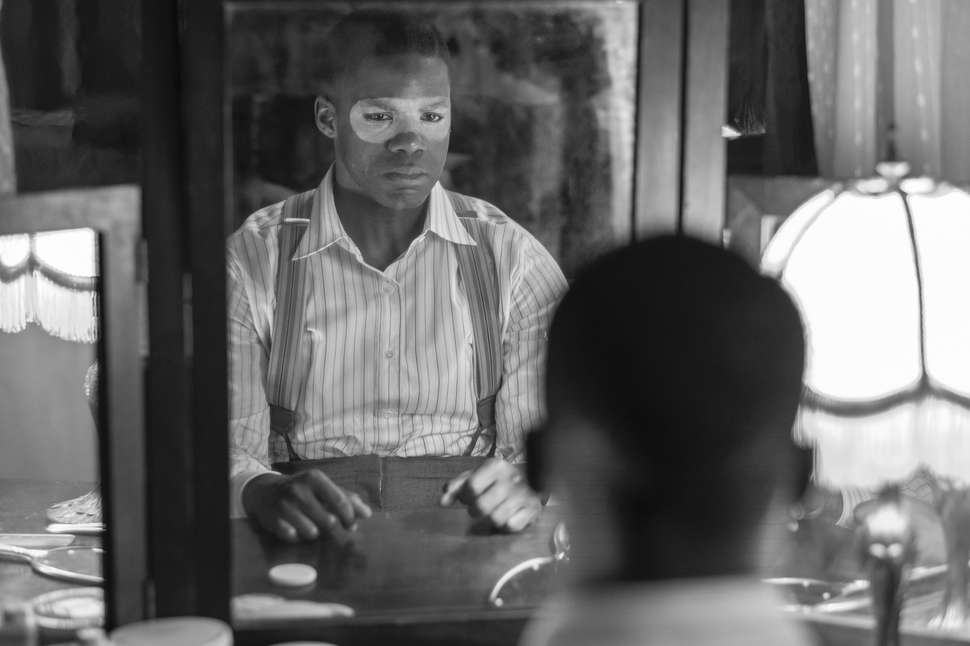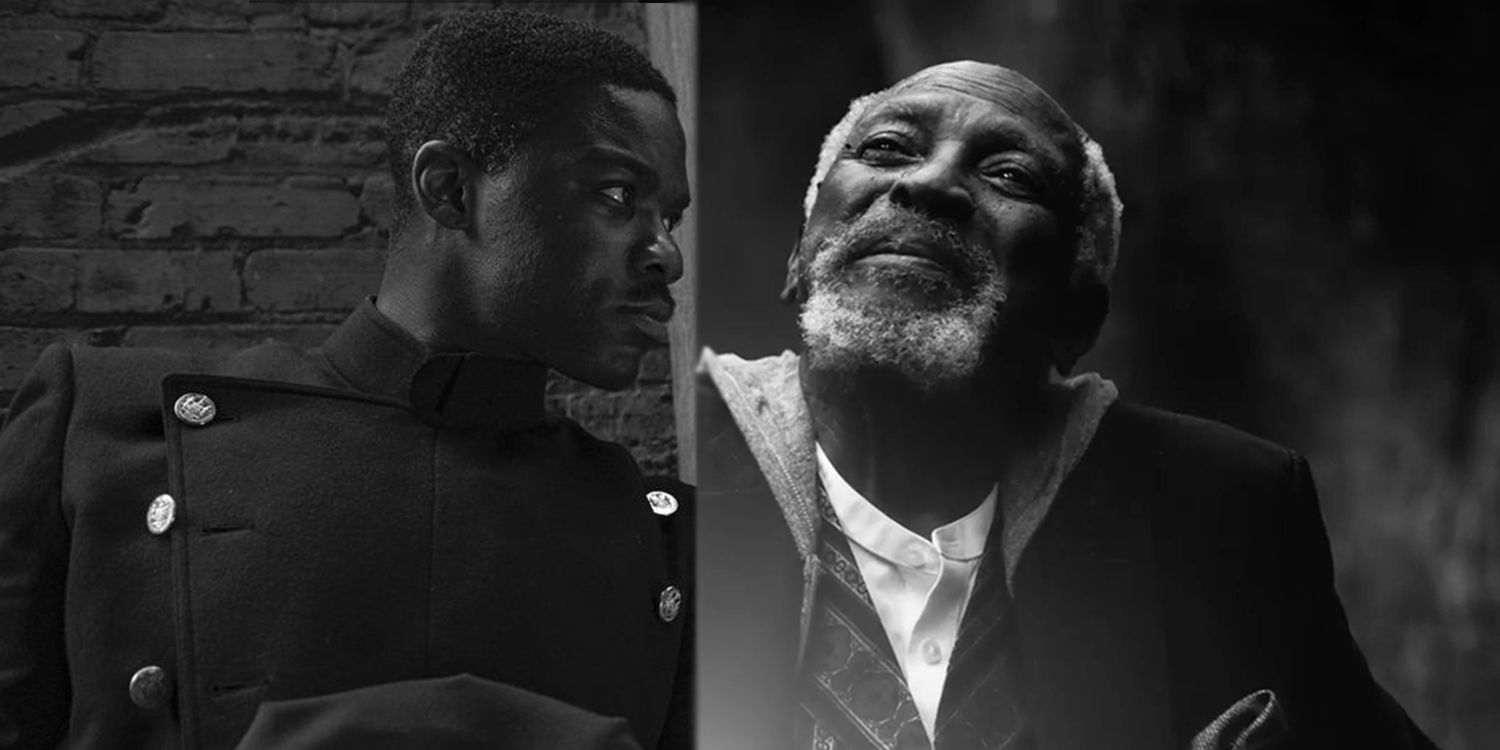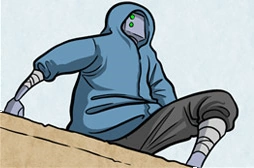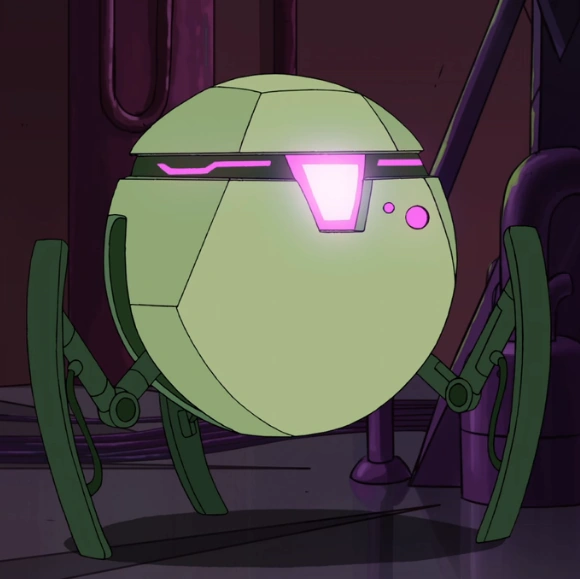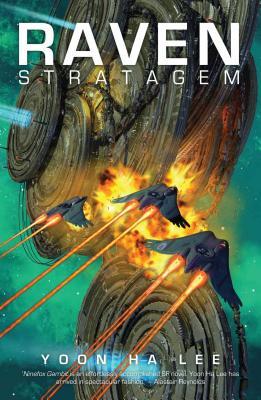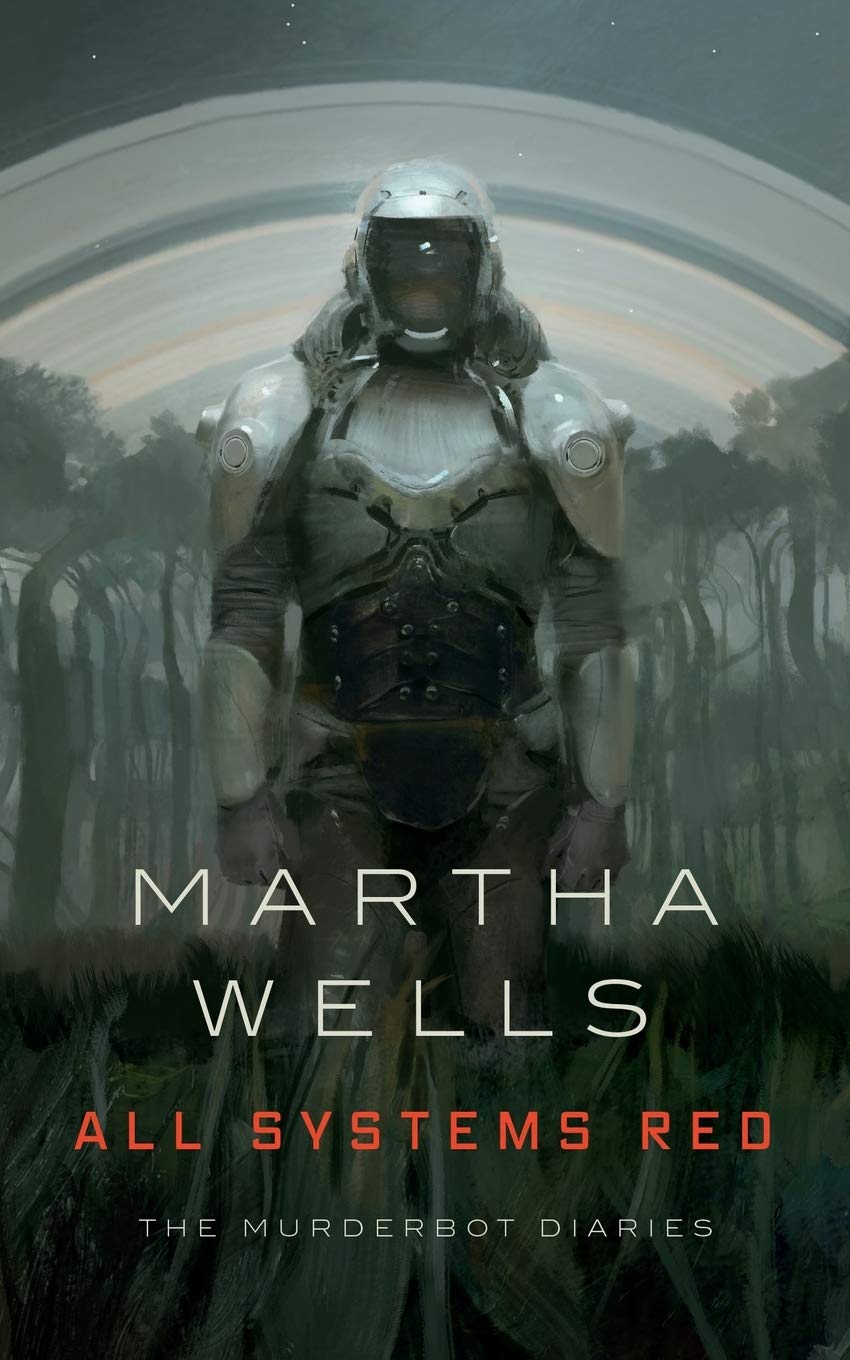What are you looking forward to? Anything you want to argue with us about? Is there something we should consider spotlighting in the future? Let us know in the comments!
Adeyemi, Tomi. Children of Virtue and Vengeance [Macmillan]
Publisher's Description
After battling the impossible, Zélie and Amari have finally succeeded in bringing magic back to the land of Orïsha. But the ritual was more powerful than they could’ve imagined, reigniting the powers of not only the maji, but of nobles with magic ancestry, too.Why We Want It: Adeyemi's debut Children of Blood and Bone was one of the biggest novels of 2018 and won the Lodestar Award for Best YA Novel last year. It was an exciting debut and Children of Virtue and Vengeance is has the potential to be one of this year's notable books.
Now, Zélie struggles to unite the maji in an Orïsha where the enemy is just as powerful as they are. But when the monarchy and military unite to keep control of Orïsha, Zélie must fight to secure Amari's right to the throne and protect the new maji from the monarchy's wrath.
With civil war looming on the horizon, Zélie finds herself at a breaking point: she must discover a way to bring the kingdom together or watch as Orïsha tears itself apart.
Children of Virtue and Vengeance is the stunning sequel to Tomi Adeyemi's New York Times-bestselling debut Children of Blood and Bone, the first book in the Legacy of Orïsha trilogy.
Lansdale, Joe R. The Sky Done Ripped [Subterranean]
Publisher's Description
You might think two books of adventure involving Ned the brain-enhanced Seal would be enough for any little seal’s lifetime, but not so.Why We Want It: It's been thirteen years since Flaming London, the gonzo alternate history pulp science fiction tale. I had long since given up on the idea that Lansdale would publish a promised third novella - and I'm absolutely thrilled I'll have the chance to read one more.
Ned is back.
Ned and H. G. Wells, returning from correcting wounds in the fabric of time, not to mention a brief trip to an alternate Mars, have rescued two shipwreck survivors, Bongo Bill and Suzie Q. They have saved them from drowning or possibly being killed by alien invaders.
In the process of jumping from one dimension to another, trying to discover a time path home, they find themselves in an inner world with a stationary sun. It’s a warm world with jungles, rivers, and land-locked seas. It is full of primitive creatures, including dinosaurs, highly intelligent apes, cannibals, strange storms and bad hygiene.
Deciding on a brief picnic and minor exploration before jumping to Victorian England, Ned and his friends end up saving a famous apeman from human-eating birds, and soon set out to assist the apeman, Tango, in stealing a Golden Fleece with curative powers, a fleece skinned from the body of a strange space traveler. The fleece resides in a magnificent city, a kind of Shangri-La in the far Blue Mountains.
Their plan is to use the fleece to cure Tango’s beautiful wife, who has fallen into a coma. Nothing seems to cure her, but the rumored miraculous powers of the Golden Fleece just might.
If the world doesn’t kill them, then another survivor of the shipwreck from which Bongo Bill and Suzie Q were rescued just might. She has been pulled into a time warp and blended with the souls of marauding aliens, as well as the techno souls of their machines.
She has mutated. She has grown to great size. She has invented rolling machines that maul the trees and crush the earth, blend rocks and bones, blood and jungle into one vast wasteland. She has gained terrible powers, and lost all connection to humanity. She has become She Who Must Be Obeyed and Eats Lunch Early. Her whole purpose is chaos, and she has gathered an army to help her do just that. She has destroyed the villages she has come across and enslaved the inhabitants. She and her army are heading in the direction of the Blue Mountains, to the fabled city that contains the Golden Fleece.
Inevitably, she will collide with our heroes, and it won’t be pretty.
Come now to the worlds and times of Ned the Seal. Share his journeys, as he honks the horn on his power sled, avoids becoming a culinary prize of beasts and cannibals, and settles in for a meal of fish, baked or fried, dried or raw.
Cause the Sky Done Ripped and everything has gone to adventurous hell. And thank goodness.
McClellan, Brian. Blood of Empire [Orbit]
Publisher's Description
As the final battle approaches a sellsword, a spy, and a general must find unlikely and dangerous allies in order to turn the tides of war in the last book of Brian McClellan’s epic fantasy trilogy of magic and gunpowder.Why We Want It: I am perpetually one book behind on McClellan, but I loved Sins of Empire as the follow up to The Powder Mage trilogy and I need to read the second book soon because Blood of Empire wraps up the whole thing. McClellan writes top notch epic fantasy.
The Dynize have unlocked the Landfall Godstone, and Michel Bravis is tasked with returning to Greenfire Depths to do whatever he can to prevent them from using its power; from sewing dissension among the enemy ranks to rallying the Palo population.
Ben Styke’s invasion of Dynize is curtailed when a storm scatters his fleet. Coming ashore with just twenty lancers, he is forced to rely on brains rather than brawn – gaining new allies in a strange land on the cusp of its own internal violence.
Bereft of her sorcery and physically and emotionally broken, Lady Vlora Flint now marches on Landfall at the head of an Adran army seeking vengeance against those who have conspired against her. While allied politicians seek to undo her from within, she faces insurmountable odds and Dynize’s greatest general.
Thomas, Lynne M and Michael Damien. The Best of Uncanny [Subterranean]
Publisher's Description
Lynne M. Thomas & Michael Damian Thomas have co-edited and co-published Uncanny Magazine since its launch in 2014. They brought readers stunning cover art, passionate science fiction and fantasy fiction and poetry, gorgeous prose, and provocative nonfiction by writers from every conceivable background, including some of science fiction and fantasy’s most fabulous award-winning and bestselling authors. In its first four years, Uncanny Magazine won the Best Semiprozine Hugo Award three times (2016, 2017, 2018), Lynne M. Thomas and Michael Damian Thomas won the 2018 Best Editor —Short Form Hugo Award for their work on the magazine, and numerous stories from Uncanny Magazine have been finalists or winners of Hugo, Nebula, Locus, and World Fantasy Awards-- including the novelette “Folding Beijing” by Hao Jingfang (translated by Ken Liu) which won the 2016 Best Novelette Hugo Award and the novelette “You’ll Surely Drown Here If You Stay” by Alyssa Wong which won the 2017 Best Novelette Locus Award.Why We Want It: Uncanny is one of the preeminent short fiction venues running today and a "Best Of" anthology is a must-read showcase of excellence.
This Best of Uncanny anthology collects those two novelettes and many of the other best stories and poems from the first 22 issues of Uncanny Magazine. Naomi Novik plunges you into a delicious fractured fairy tale retelling in “Blessings.” Delilah S. Dawson explores superpowers, harassment, and revenge in"Catcall." Neil Gaimantakes you along to keep pace with his gorgeous and powerful poem “The Long Run.” Charlie Jane Anders shakes up a haunting cocktail of comedy clubs and love with "Ghost Champagne." Mary Robinette Kowal weaves a heartbreaking tale of marriage, duty, and magical curses in "Midnight Hour." N.K. Jemisin ruminates on dangerous fans, awards, and legacy in “Henosis.” Maria Dahvana Headleyslinks into a Classic Hollywood of animal actors and sleazy secrets with “If You Were a Tiger, I’d Have to Wear White.” Catherynne M. Valente travels to a colony world infested with strange psychic cats in “Planet Lion.” Carmen Maria Machado wrestles with predators, identity, and death in“My Body, Herself.” And Seanan McGuire sings a tragic song of misunderstandings and unfortunate consequences with “Ye Highlands and Ye Lowlands.”
Those pieces are only the beginning. The Best of Uncanny features some of the uncanniest stories and poetry in SF/F today, by its current leading voices. Sit down and immerse yourself in 44 original science fiction and fantasy stories and poems that can make you feel.
VanderMeer, Jeff. Dead Astronauts [FSG]
Publisher's Description
A messianic blue fox who slips through warrens of time and space on a mysterious mission. A homeless woman haunted by a demon who finds the key to all things in a strange journal. A giant leviathan of a fish, centuries old, who hides a secret, remembering a past that may not be its own. Three ragtag rebels waging an endless war for the fate of the world against an all-powerful corporation. A raving madman who wanders the desert lost in the past, haunted by his own creation: an invisible monster whose name he has forgotten and whose purpose remains hidden.Why We Want It: Even when you read the description, you have no idea what it is that you're going to read when you pick up a Jeff VanderMeer novel and that's part of the delight.
Jeff VanderMeer's Dead Astronauts presents a City with no name of its own where, in the shadow of the all-powerful Company, lives human and otherwise converge in terrifying and miraculous ways. At stake: the fate of the future, the fate of Earth—all the Earths.
Wagers, K.B. Down Among the Dead [Orbit]
Publisher's Description
Gunrunner empress Hail Bristol must navigate alien politics and deadly plots to prevent an interspecies war, in this second novel in the Farian War space opera trilogy.Why We Want It: Wagers can't write fast enough for my taste. Down Among the Dead is the second novel in her Farian War series and if I had my way I'd have had this novel in my hands moments after finishing There Before the Chaos because I was not ready to step away from Hail Bristol. Wagers is one of my favorites.
In a surprise attack that killed many of her dearest subjects, Hail Bristol, empress of Indrana, has been captured by the Shen — the most ruthless and fearsome aliens humanity has ever encountered. As she plots her escape, the centuries-long war between her captors and the Farians, their mortal enemies and Indrana’s oldest allies, finally comes to a head.
When her captors reveal a shocking vision of the future, Hail must make the unexpectedly difficult decision she’s been avoiding: whether to back the Shen or the Farians.
Staying neutral is no longer an option. Will Hail fight? Or will she fall?
POSTED BY: Joe Sherry - Co-editor of Nerds of a Feather, 3x Hugo Award Finalist for Best Fanzine. Minnesotan.






